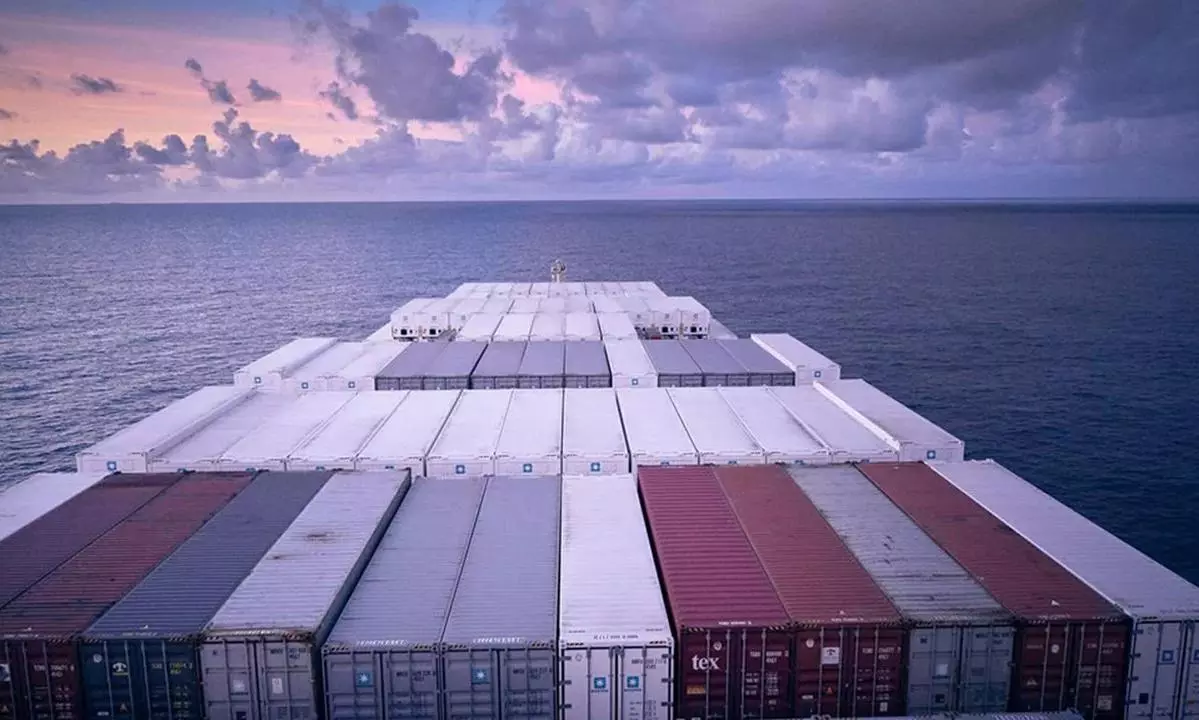Ocean spot rates spike on Red Sea diversions, increasing demand
Demand for ocean freight out of Asia picked up early in May, reflecting possible start of restocking in Europe

Capacity, already stretched thin by Red Sea diversions, is combining with an unexpected increase in demand in recent weeks to send ocean container spot rates spiking, and pose familiar challenges to shippers with long-term contracts, making rate visibility and market intelligence even more important to decision-making than usual times.
"Carrier adjustments due to Red Sea diversions for the most part succeeded in keeping containers moving on schedule through March and April," says the latest update from Freightos. "But alongside the success were gradual signs that carriers were falling behind: pockets of congestion developed due to increases in port omissions, delays and missed departures alongside a decrease in empty containers at export hubs as well."
With demand stable in those months though, carriers still had just enough capacity and equipment to keep the market balanced and rates elevated but level, the update added.
Credit: Freightos Terminal
Things started to change dramatically in May, writes Judah Levine, Head of Research, Freightos. "Demand for ocean freight out of Asia unexpectedly picked up early in the month reflecting the possible start of restocking in Europe and an early peak season on the transpacific due to concerns over the Red Sea or labour-driven delays later in the year. As a result, congestion began to worsen and the supply side deficits began to be felt as empty container shortages in Asia and spiking rates."
Since the end of April, Asia–N. America West Coast spot rates, for example, have spiked more than 70 percent, passing the $5,000/FEU mark and their previous 2024 high hit in February when prices first soared on the start of Red Sea diversions.
With capacity and equipment scarce and spot rates now several thousand dollars above long-term contract levels, annual agreements are once again becoming unreliable, Levine writes in the update.
"A recent Freightos Group survey of more than fifty logistics professionals found that since early May, nearly 70 percent of BCOs and forwarders with long-term ocean contracts have had containers rolled or pushed to the spot market or are facing contract renegotiations with carriers to increase their long-term rate levels."
Maersk upgrades 2024 outlook
Danish carrier Maersk was first off the block to increase its 2024 guidance based on these developments. Maersk is now expecting an underlying EBITDA of $7-9 billion and EBIT of $1-3 billion (previously $4-6 billion and $-2-0 billion, respectively), and free cash flow of at least $1 billion (previously at least $-2 billion)."
Till how long?
And there’s uncertainty as to how long this will last: Many (40 percent) think that the situation will improve within the next two months while 26 percent expect these types of disruptions to last until peak season ends and another 22 percent do not expect conditions to improve much until Red Sea traffic resumes, the update added.



